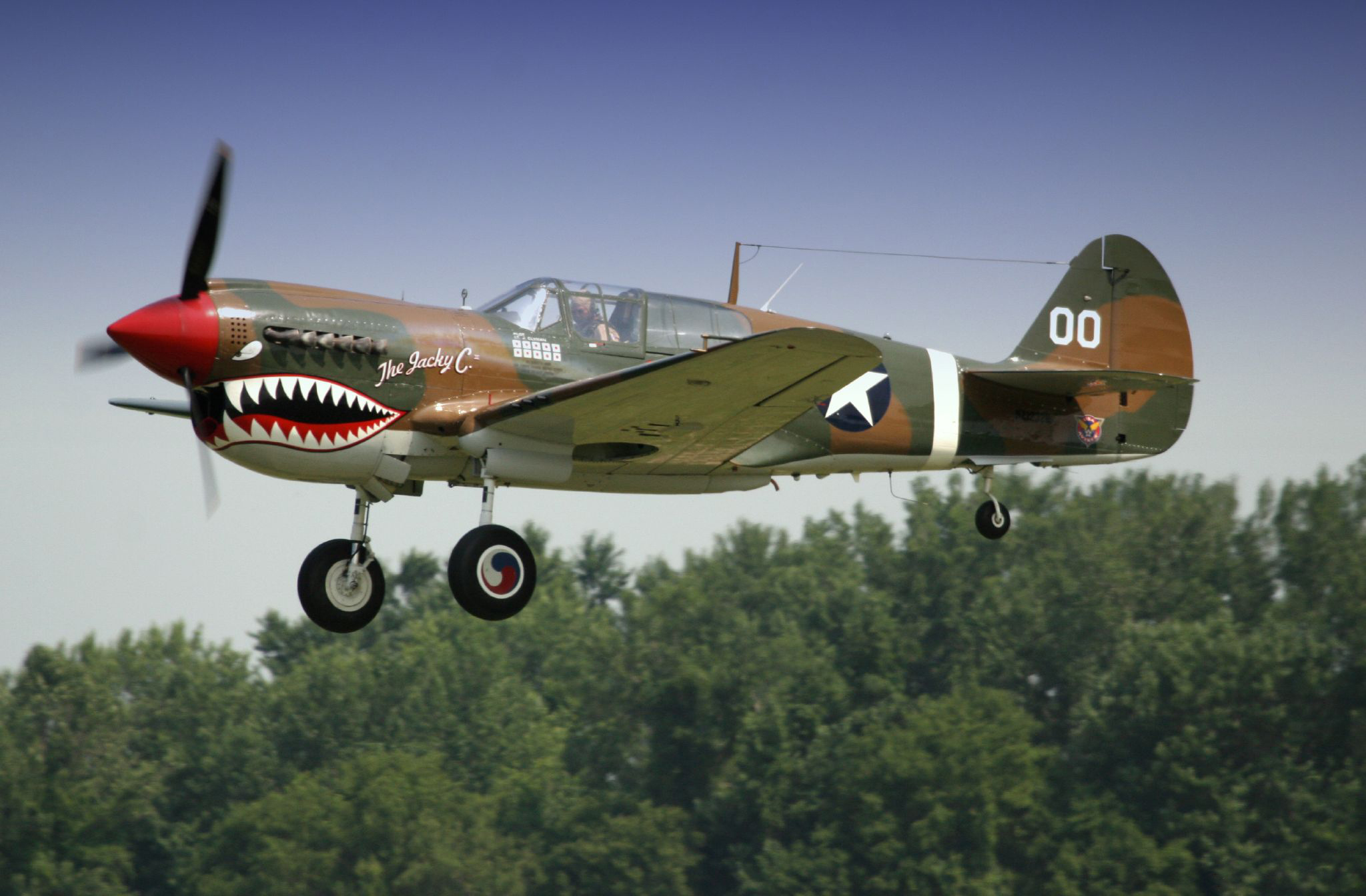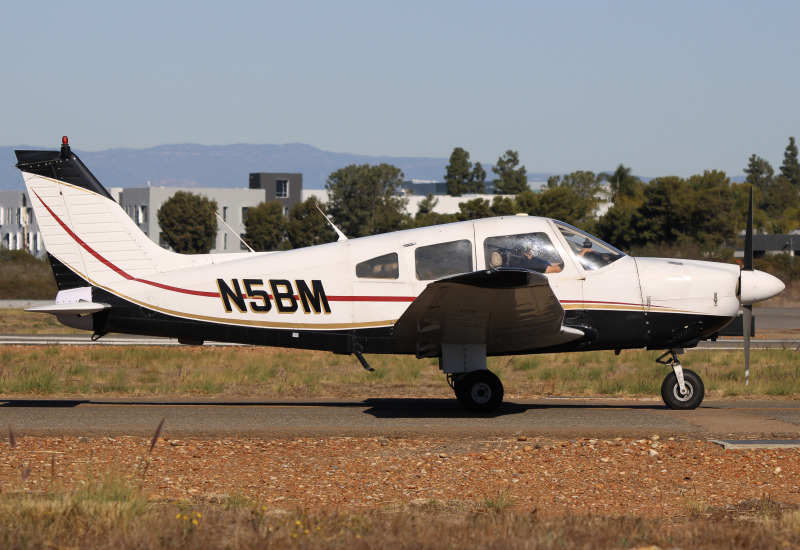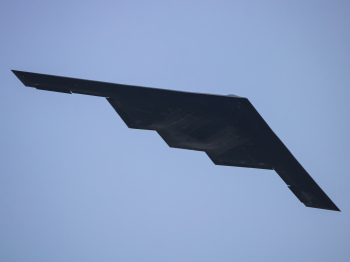The Curtiss P-40 Warhawk is a single-engine, single-seat fighter aircraft that was used by the Allied forces during World War II. It was designed and produced by the American aircraft manufacturer, the Curtiss-Wright Corporation.

The Curtiss P-40 Warhawk is renowned for its ruggedness and its ability to withstand a great deal of damage in combat. This was due to its sturdy construction and its use of armor plating to protect its vital components. The aircraft was also designed with a large internal fuel capacity, giving it a greater range than some of its contemporaries. This, combined with its heavy armament of six .50 caliber machine guns, made the P-40 a formidable opponent.
The aircraft was also designed with a low-drag airframe, giving it excellent performance at low and medium altitudes. This allowed it to outmaneuver many of its adversaries and gave it an advantage when engaging in dogfights. The P-40 was also noted for its maneuverability, which was enhanced by its large wings and its powerful engine.
Curtiss did a great job when designing the P-40 Warhawk, as it was one of the most effective fighter aircraft of the war. Its rugged construction and powerful armament made it a formidable adversary, while its low-drag airframe and excellent maneuverability gave it an edge in combat.
However, there are some areas where Curtiss could have done better with the design of the P-40 Warhawk. The aircraft was underpowered compared to its contemporaries, which limited its performance at higher altitudes. Additionally, the aircraft was not as agile as some of its competitors, which made it difficult to engage in close-range dogfights.
Overall, the Curtiss P-40 Warhawk was an excellent fighter aircraft, and it served the Allied forces well during World War II. It had excellent performance at low and medium altitudes, and its rugged construction and powerful armament made it a formidable enemy. However, Curtiss could have done better with the design of the aircraft by increasing its power and improving its agility.





Comments